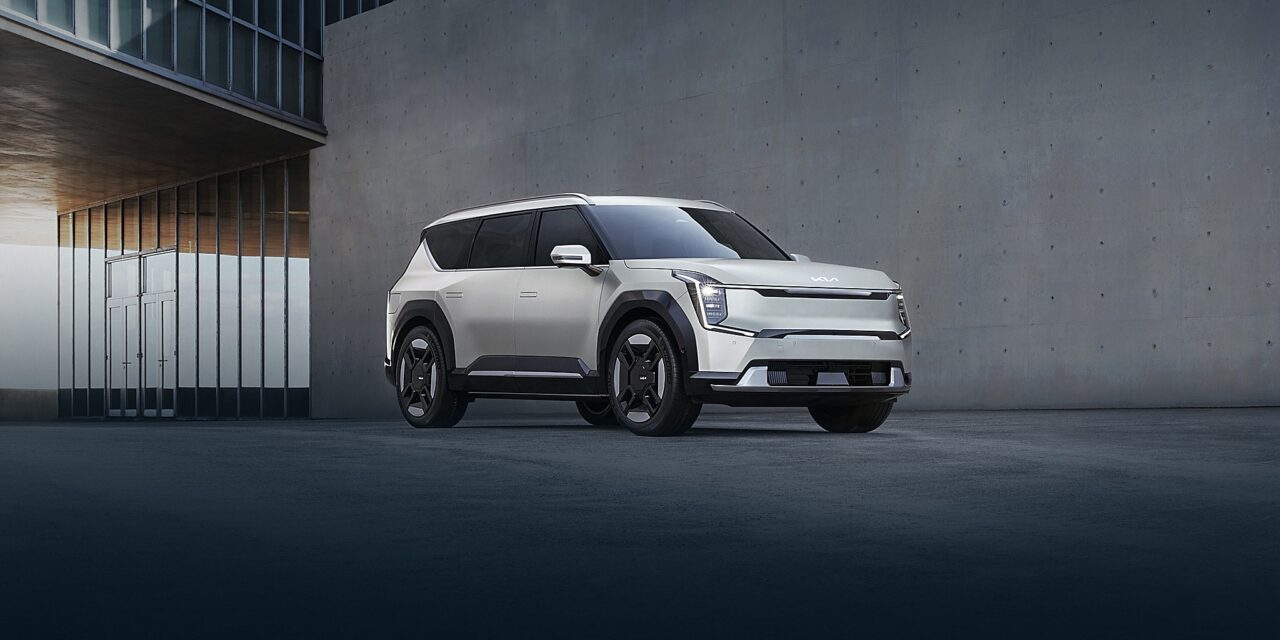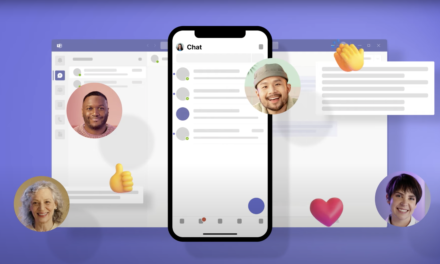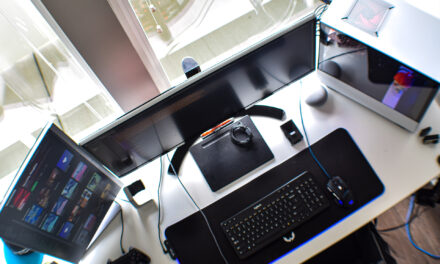Hey there, so I wanted to tell you about my latest electric car experience and where I think the industry is headed. As you know, I’ve always had a combustion car and the user experience has always been focused on physical features like heated mirrors, memory seats, and adaptive cruise control. But the new rise in electric vehicles is making more room for a better user experience both technologically and physically.
I recently test-drove the Kia EV6 Sedan, the VW ID.4, and the Tesla 3, and let me tell you, I was blown away by the level of technological innovation and personalization that electric vehicles offer. These cars are shifting their focus from physical features to a Software as a Service (SaaS) platform, which means that users increasingly interact with their cars through digital interfaces and software systems.
During my test drives, I specifically looked for automatic cruise control and quickly realized that not all cruise controls are the same. Some only control the speed dynamically while others can literally feel like the car drives itself. The Kia EV6 Sedan had an incredibly smooth and responsive automatic cruise control system that made me feel like I was driving in the future.
But let me tell you about the latest electric car that Kia has unveiled – the EV9. It’s a three-row electric flagship SUV designed for millennial families. The car is based on the Electric Global Modular Platform and has a targeted all-electric range of over 541km, with ultra-fast 800-volt charging capability enabling the EV9 battery pack to be replenished with sufficient charge to power the vehicle for 239km in approximately 15 minutes. The car offers seven-seater and six-seater configurations and various second-row seat options. The EV9 also features several advanced features to achieve an impressive aerodynamic coefficient of 0.28, including a 3D-sculpted underbody cover and innovative air curtains integrated into the front bumper. And get this, the car even has a Highway Driving Pilot system that enables conditional Level 3 autonomous driving in selected markets.
As I mentioned earlier, electric cars are shifting their focus from physical features to a Software as a Service (SaaS) platform, which means that users increasingly interact with their cars through digital interfaces and software systems. This shift is driving a more connected and personalized experience for drivers, as well as enabling new features and services that were not previously possible with traditional car design.
For example, the Kia EV9 that I mentioned earlier will introduce the Kia Connect, which will enable customers to use digital features and services on demand. This means that users can customize their driving experience and add new features as they become available, rather than being limited to the features that come with the car at the time of purchase.
And it’s not just about adding new features – digital interfaces also make it easier to interact with and control existing features. For example, the automatic cruise control system in the Kia EV6 Sedan that I test-drove was incredibly intuitive and easy to use through the car’s digital interface.
Overall, the rise of electric vehicles isn’t just about being environmentally friendly or saving money on gas. It’s about providing a better user experience, both technologically and physically. And as electric cars continue to evolve and improve, we can expect to see more innovative features and services that will make driving a truly personalized and connected experience.
Resources:







Electric vehicles are definitely making it about the experience and autonomy while making the driver feel safer. I recently bought a model 3 and I’m loving it, but I can’t recommend it as a only car. It’s a great second car.